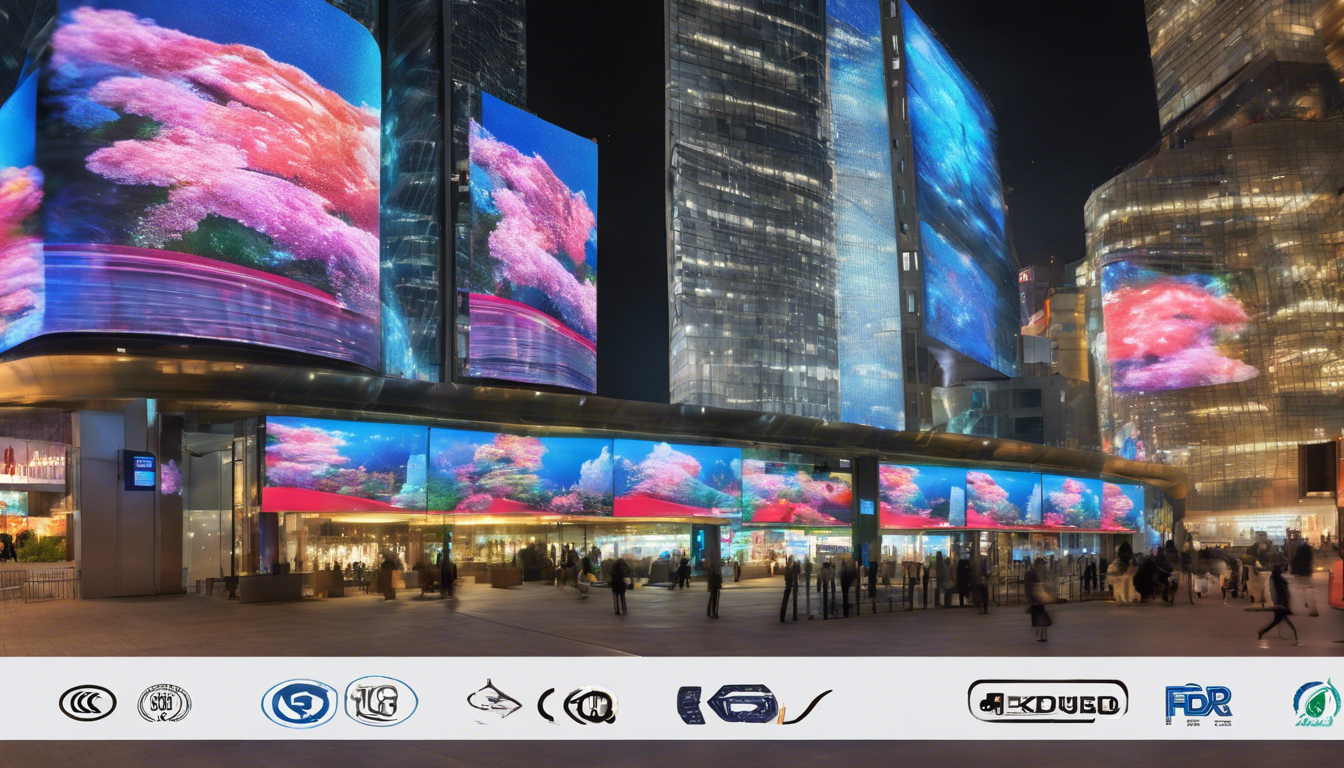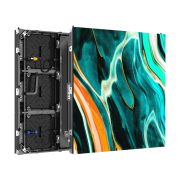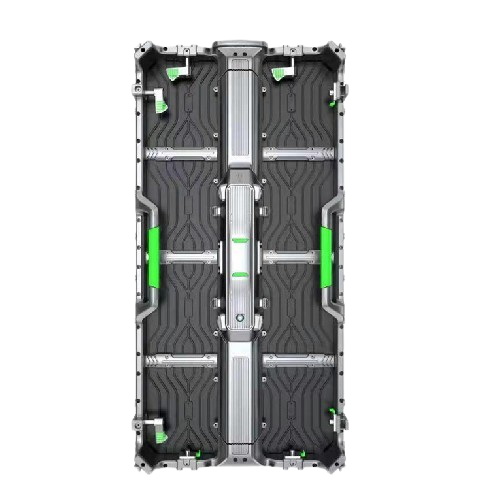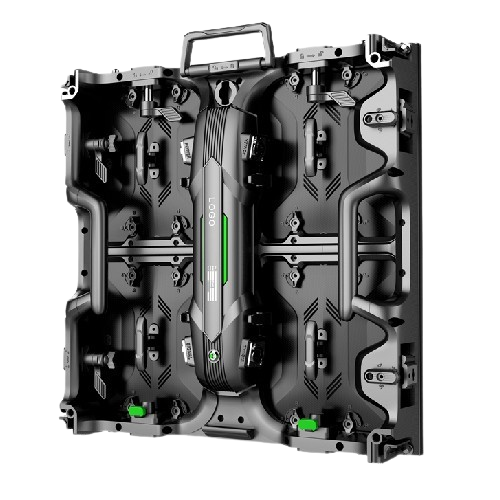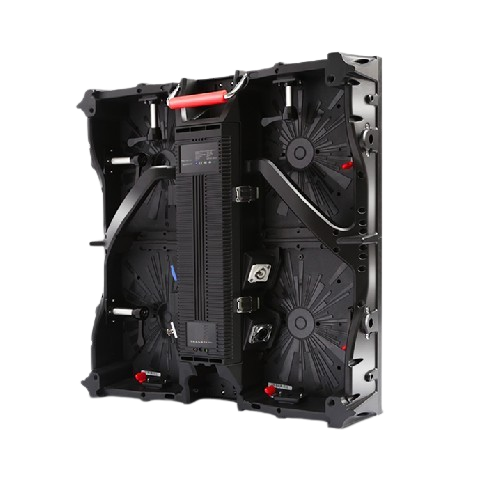Mastering the Art of Flexible Outdoor LED Display Manufacture
Introduction to Flexible Outdoor LED Displays
Flexible Outdoor LED Displays have revolutionized the advertising and signage world, providing dynamic, high-resolution solutions that can adapt to various surfaces and conditions. This guide delves deep into the intricacies of Flexible Outdoor LED Display Manufacture, aiming to shed light on every aspect, from raw materials to the final installation.
What is a Flexible Outdoor LED Display?
A flexible outdoor LED display is a screen made up of LED panels that are not rigid, allowing them to be bent and shaped according to the installation surface. These displays are designed for outdoor use, ensuring they can withstand harsh weather conditions, including rain, dust, and extreme temperatures.
Components of Flexible Outdoor LED Displays
- LED Modules: These are the building blocks of any LED display. They house multiple LEDs arranged in a specific pattern to display images and videos.
- Controllers: Responsible for managing the inputs and ensuring the display functions correctly.
- Power Supply: Converts the high voltage from mains power to a suitable level for the LED modules.
- Heat Dissipation Systems: Ensure the display remains cool and functional, especially in outdoor environments.
- Protective Coating: A layer that shields the LED modules from moisture, dust, and other environmental factors.
Key Features of Flexible Outdoor LED Displays
- Flexibility: Capable of conforming to curves and surfaces that traditional displays cannot.
- High Brightness: Designed to be visible even in direct sunlight.
- Durability: Built to endure adverse weather conditions.
- Lightweight: Easier to transport and install compared to rigid displays.
Steps in Manufacturing Flexible Outdoor LED Displays
1. Material Selection
Choosing high-quality materials is paramount. This includes selecting durable and weather-resistant LEDs, flexible substrates, and strong adhesives.
2. Soldering LED Modules
The LEDs are meticulously soldered onto the flexible substrate, ensuring a strong bond and proper alignment. This step requires precision to avoid any future malfunction.
3. Protective Coating Application
Applying a protective coating, such as silicone or epoxy, ensures the LEDs are safeguarded from environmental elements like moisture and dust.
4. Assembly and Testing
The individual LED modules are assembled into a complete display. This involves connecting the controllers, power supplies, and ensuring the entire system works seamlessly. Rigorous testing is performed to check for any issues.
5. Quality Assurance
Before shipping, each display undergoes a series of quality assurance tests. These tests include visual inspections, functionality checks, and durability tests, simulating real-world conditions.
[h2]Advantages of Flexible Outdoor LED Displays[/h2]
- Customizable: Can be tailored to unique installations and designs.
- Enhanced Visibility: Bright and clear even in challenging lighting conditions.
- Energy Efficiency: Consumes less power than traditional displays.
- Seamless Installation: Minimal gaps and seamless visuals.
[h2]Applications of Flexible Outdoor LED Displays[/h2]
- Advertising: Dynamic billboards and advertisements in cities.
- Events: Concerts, festivals, and other large gatherings benefit from flexible displays to engage the audience.
- Architectural Integration: Buildings and structures incorporating LED displays as part of their design.
- Public Information: Used by municipalities for displaying important information and updates.
Challenges in Flexible Outdoor LED Display Manufacture
While Flexible Outdoor LED Display Manufacture offers numerous benefits, it also presents certain challenges:
- Durability: Ensuring the flexible materials withstand prolonged outdoor exposure.
- Heat Management: Effectively dissipating heat to avoid damage to the LEDs.
- Cost: Higher initial investment due to advanced technology and materials.
- Maintenance: Regular upkeep to ensure optimal performance.
[h2]Future Trends in LED Display Technology[/h2]
The landscape of LED display technology is continuously evolving. Key trends to watch include:
- Micro-LEDs: Even smaller LEDs for higher resolution displays.
- Sustainability: Focus on eco-friendly materials and energy-efficient designs.
- Interactivity: Displays that integrate touch and motion-sensing capabilities.
- Augmented Reality (AR): Combining real-world views with digital displays for enhanced engagement.
Case Study: Successful Implementation of Flexible Outdoor LED Displays
Consider the recent installation by XYZ Company in Times Square, New York. Utilizing state-of-the-art flexible LED panels, the project transformed an entire building façade into a vivid advertising platform. The display’s high brightness level ensures visibility even during the day, making it a significant landmark and a lucrative advertising space.
Conclusion
Flexible Outdoor LED Display Manufacture represents a cutting-edge fusion of technology, design, and engineering. With their unique advantages and growing range of applications, these displays are set to become even more integral to modern advertising and public communication strategies. Keeping abreast of advancements and maintaining stringent manufacturing standards will ensure these displays continue to captivate and engage audiences worldwide.
As we reflect on the nuances of Flexible Outdoor LED Display Manufacture, it becomes clear that innovation and quality are key drivers of success. Whether for advertisers, event planners, or urban planners, embracing this technology offers endless possibilities.

